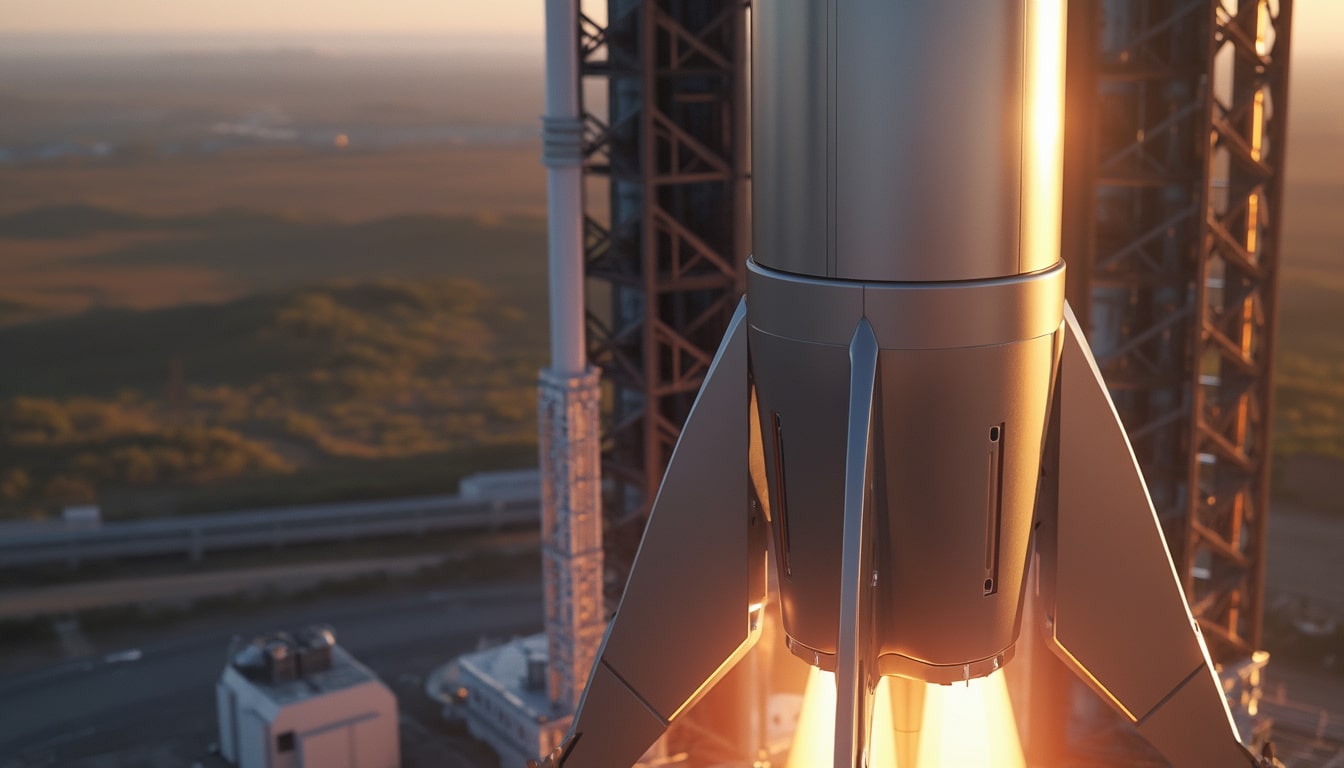The space industry is undergoing a significant transformation as new contenders emerge to challenge SpaceX’s dominance. Over the past two decades, SpaceX has steadily established itself as a powerhouse in the realm of space launches, eclipsing established giants like Boeing and Northrop Grumman. By capturing an astonishing 87% of the United States’ orbital launch market in 2024, it has become the go-to provider for NASA contracts and commercial customers alike. However, this monopoly is now being questioned as competitors like Rocket Lab, Blue Origin, and others prepare to redefine the competitive landscape. These emerging players are not only developing their rockets and technologies but are also challenging SpaceX’s pricing and reliability barriers.
A fundamental shift is underway, with several companies racing to bring their launch vehicles to market, aiming to serve both government and commercial entities. Each new contender brings unique capabilities and competitive pricing, igniting a new era in the space launch sector. As these companies address their technical challenges and navigate the complexities of regulatory approvals, the question arises: could competition ultimately lead to more efficient access to space for everyone? The ongoing developments promise to reshape our understanding of the spaceflight market while fostering innovation.
Understanding SpaceX’s Dominance
SpaceX’s unified approach to aerospace technology has positioned it as an indisputable leader in the space industry. Its core philosophy blends innovation with risk-taking, allowing the company to execute rapid prototypes and adjustments, setting it apart from its competitors. According to experts, one of the significant aspects of SpaceX’s success lies in its vertical integration, which offers comprehensive control over its supply chain. This strategic advantage not only streamlines production but also significantly reduces costs, a crucial factor during contract negotiations.

The Role of Government Contracts
From its inception, SpaceX has benefitted from numerous government contracts, particularly through NASA’s Commercial Crew Program. This early support has been instrumental in bolstering the company’s presence in the industry. While government backing can be seen as a springboard, it also raises questions about the fairness of maintaining a monopoly in an industry where competition could better serve public interests. For context, NASA’s contracts have enabled SpaceX not only to establish its infrastructure and technology but also to develop a customer base loyal to its reliability and cost-effectiveness.
Innovation and Technical Challenges
Despite its achievements, SpaceX has faced its own set of trials, including technical glitches and failures during both orbital and crewed missions. The Federal Aviation Administration (FAA) has also posed regulatory challenges, grounding various missions following malfunctions. These setbacks, however, have not substantially hindered SpaceX’s overall momentum, and the company continues to break records with an impressive number of Falcon 9 launches. During these challenging times, the presence of alternative players could enable a more stabilized launch market. The burgeoning number of emerging companies may alleviate potential bottlenecks should SpaceX encounter further difficulties, suggesting a more resilient infrastructure.
The Rising Competitors
The domain of space technology is witnessing a frenzied wave of innovation, driven by a new generation of companies eager to fill the gaps left by traditional aerospace manufacturers. Companies like Rocket Lab and Blue Origin are positioning themselves to offer services that can directly compete with SpaceX’s launch capabilities. For instance, Rocket Lab’s Neutron rocket represents a direct challenge to SpaceX’s Falcon 9, hoping to provide similar capacity at competitive rates. The race is accelerating as companies refine their designs and secure launch contracts, laying the foundation for what could be a more diverse commercial launch market.

Blue Origin: A Strong Contender
Under the leadership of Jeff Bezos, Blue Origin has been developing its New Glenn rocket, which recently celebrated a successful debut mission. This heavy-lift vehicle is designed to compete with SpaceX’s Falcon Heavy, providing a nimble alternative for government and commercial contracts. Blue Origin’s approach has focused on sustainability, aiming to create a fully reusable rocket designed to drive down costs further. With its successful history of suborbital flight and missions, the company appears well-poised to carve a niche in the competitive landscape.
Rocket Lab: Niche but Ambitious
Rocket Lab is another noteworthy contender with its Electron rocket that targets the small satellite market. Its upcoming Neutron rocket shows ambitions to tackle larger payloads directly competing with SpaceX’s Falcon 9. Rocket Lab’s unique strategy of focusing on smaller payloads and specific niches has proven effective, and many eagerly anticipate its future launches. As Rocket Lab prepares to embark on its most ambitious missions, it’s clear that the firm is serious about making its mark and challenging established norms in the launch industry.
International Rivals and Collaborations
The competitive landscape extends beyond U.S. shores, with companies worldwide ramping up efforts to challenge SpaceX’s reign. Arianespace, for example, has launched its Ariane 6 rocket, which aims to regain Europe’s confidence in the commercial launch market. With a series of static firings and successful tests completed, Arianespace seeks to capture contracts that SpaceX currently dominates within Europe and elsewhere.
Innovations from Emerging Countries
Meanwhile, nations such as China are investing heavily in their own launch capabilities, some developing with the intention of breaking into the international market. China has seen a surge in the establishment of commercial launch companies, each moving swiftly to develop viable rocket solutions. Companies like Space Pioneer and their Tianlong-3 are testing cutting-edge technologies that could revolutionize spaceflight, such as reusable rocket stages. This global resurgence in space initiatives demonstrates that the race is not just confined to U.S. companies.
Collaborative Efforts in Space Exploration
As the tide of competition rises, collaborations also emerge, often pooling resources and expertise from a diverse range of firms. SpaceX itself, despite its dominant position, has formed partnerships for satellite launches with companies like Planet Labs and OneWeb. As traditional alliances evolve and new ones form, the approach to space exploration and launch services may witness profound changes. Co-operative efforts can lead to expanded capabilities, enhancing launch flexibility and innovation across the board.
The Future of Space Launches
As 2025 approaches, the question of whether new players can dethrone SpaceX becomes more pressing. Current competitors are not just motivated by a desire for market share; they aim to redefine the industry’s foundation. Several companies have ambitious plans to uncover innovative technologies and practices designed to enhance efficiency and lower costs. The stage is set for a transformative period in the aerospace sector, which has remained largely stagnant due to the dominance of SpaceX.

Challenges Ahead for New Contenders
For these new companies to succeed, they must contend with the formidable barriers SpaceX has erected through innovation and government support. Issues ranging from developing reliable launch vehicles to establishing significant contracts pose challenges that these contenders must overcome. Technical hiccups, resource constraints, and regulatory considerations also weigh heavy on their shoulders, which means that patience and resilience will be crucial.
An Evolving Landscape
Only time will tell if emerging players can transform the status quo. The emergence of competitive forces introduces a variety of options for service consumers, which may result in more affordable prices and enhanced service quality. The industry might evolve toward a condition where multiple companies operate fluidly, fueling further developments rather than bottlenecks. In a world hungry for innovation, the rise of challengers could invigorate an industry poised for rapid growth and excitement.
As the landscape shifts, existing customers and potential new clients will weigh their launch options against the evolving competitive landscape. A balanced market could ultimately cater to a broader range of customer needs, enhancing humanity’s exploration of space.




Leave a Reply